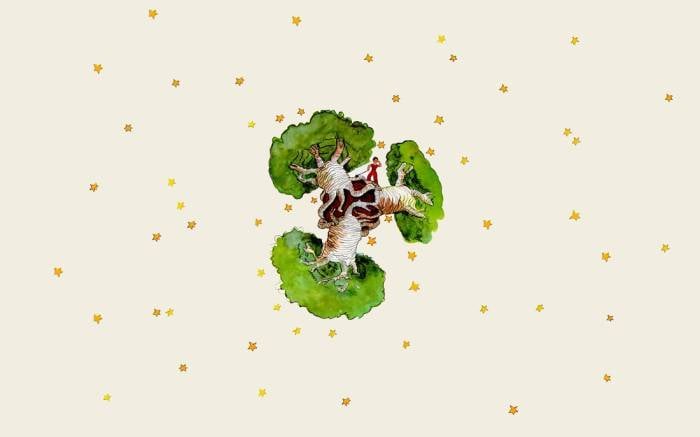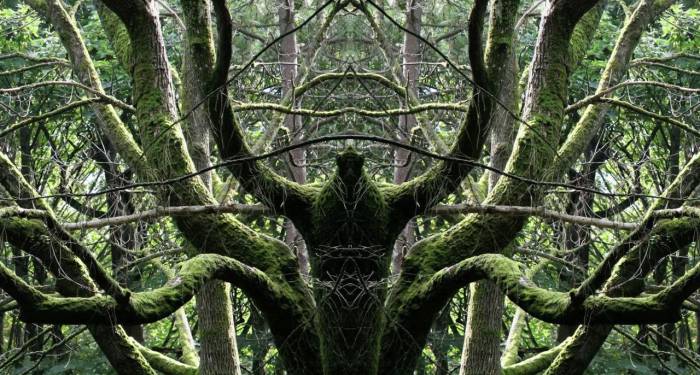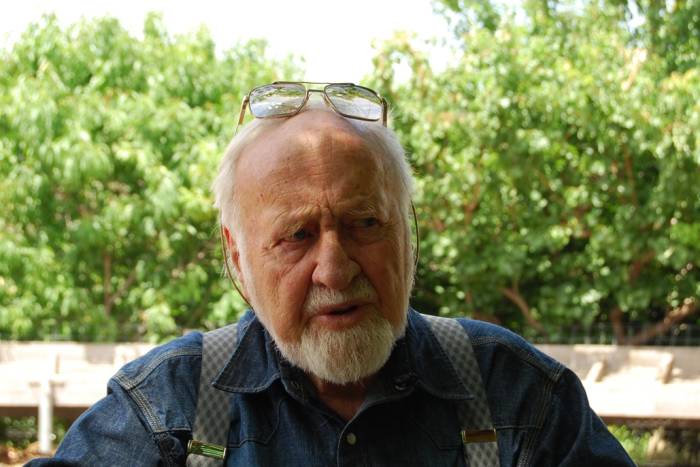An Introduction to Psychogeography
Establishing emotional bonds with cities by wandering through their streets.
Mrs. Dalloway walked through the streets of London guided by an “internal tide” that made her halt in one place, enter a store, turn at the corner and continue her journey adrift. La derive was defined by Situationists as the “technique of locomotion without a goal”, in which “one or more persons during a certain period drop their usual motives for movement and action, their relations, their work and leisure activities, and let themselves be drawn by the attractions of the terrain and the encounters they find there”. In other words, la dérive is an unplanned journey where the aesthetic contours of architecture and geography unconsciously direct travelers to find an entirely new and authentic experience. Mrs. Dalloway knew what she was doing.
In The Most Radical Gesture, Sadie Plant wrote: “To derive was to notice the way in which certain areas, streets, or buildings resonate with states of mind, inclinations, and desires, and to seek out reasons for movement other than those for which an environment was designed.”
Before it was given that name in the 1950s, wandering was already an essential part of psychogeography. Therefore, when the term was invented, it had already gathered an entire torrent of physical, bodily tides, as had been described a thousand times in literature and in intimate diaries. But if psychogeography is one thing, it is practice. It is not a field of studies that can be researched from afar and through the coldness of print. Psychogeographic, that charmingly vague adjective, can be applied to the influence cities have on humans, and, widely speaking, to any situation or behavior that seems to reflect a spirit of discovery within the outlines of the familiar. But it is necessary to experience it, for there resides its spirit.
“Unfold a street map… place a glass, rim down, anywhere on the map, and draw round its edge. Pick up the map, go out in the city, and walk the circle, keeping as close as you can to the curve. Record the experience as you go, in whatever medium you favor,” suggests Robert MacFarlane in A Road of One’s Own.
During a legendary conference, hosted by the Victoria and Albert Museum in London, Iain Sinclair, forefather of modern psychogeography, spoke of the methods employed by this phenomenon’s modern practitioners. As if summoning ghosts, he mentioned De Quincey, Baudelaire, Mallarmé and J. G. Ballard, and recognized them as the fathers of his endless walks through cities like New York and London, where he embarked on the explorations that would be later registered in his books.
People like him, Will Self or Rebecca Solnit, have proven that the eternally elegant practice of walking through cities and suburbs is a subversive act where specters are called forth, while they establish connections that leave behind the bustling crowds.
Practicing psychogeography is to ambush the convention of walking through a city guided by the picturesque, by those streets and monuments that were specifically designed for “strolls”; it is to destroy the way in which we should live a city, the way in which we should perceive it and the meaning it should have for us. It is an emotional search through an urban map that traces the specific effects of certain corners, joints, passages and lights, and transforms the body into a sensitive collector of data.
Related Articles
Why shrinking the size of life is synonymous of well-being
One of the great misunderstandings regarding modern spirituality is that to achieve it requires many things: readings, food, exercise, travel, groups and techniques. But perhaps it should be suggested
What is energy medicine yoga?
Energy Medicine Yoga (EMYoga) is slightly different from other types of Yoga, but it provides the same benefits in addition to a few very specific ones. One of them is that it gives you much more in
Red tea, the best antioxidant beverage on earth
Red tea is considered to be the most unusual of teas because it implies a consistently different preparation process. ––It is believed that its finding came upon surprisingly when traditional green
Is the internet on the verge of self-awareness?
More than 50 years ago, Marshall McLuhan described technology as an extension of our brains, constantly mutating and branching out. “These new media have made our world into a single unit,” the
How art can help us to age, healthy
Perhaps many of us already well know the formula for aging in health and wellness. A balanced diet and, as much as possible, one that’s natural. Keep our brains active and stimulated. Preserve and
Earthanima: documenting the living language of nature
The basic intuition that the Earth is alive and that nature has a language through which it communicates with us is what prompted this wood-art project named Earthanima. For the past couple of years
Dialogue with the Dalai Lama on science and spirituality
The Dalai Lama has been interested in science since he was a child. Over the years he’s visited many laboratories and has attended conferences that discuss consciousness from the scientific point of
Brian Eno's literary recommendations to rebuild society
Artists and authors often get asked what books or records they’d take with them to a deserted island. On principle, this is naturally an extreme anthology: urgency and tragedy guide its selection. It
Bill Mollison, natural ideologue and father of permaculture
Permaculture has established itself as a path towards communitarianism, but one that is in full symbiosis with nature. In practice, it is more than just a combination of agriculture, horticulture
A New Year's resolution for the earth
Worrisome quantities of waste are generated by human populations. Especially in cities, these have reached unprecedented and alarming levels. A largely uncontrolled practice, it affects everything on










